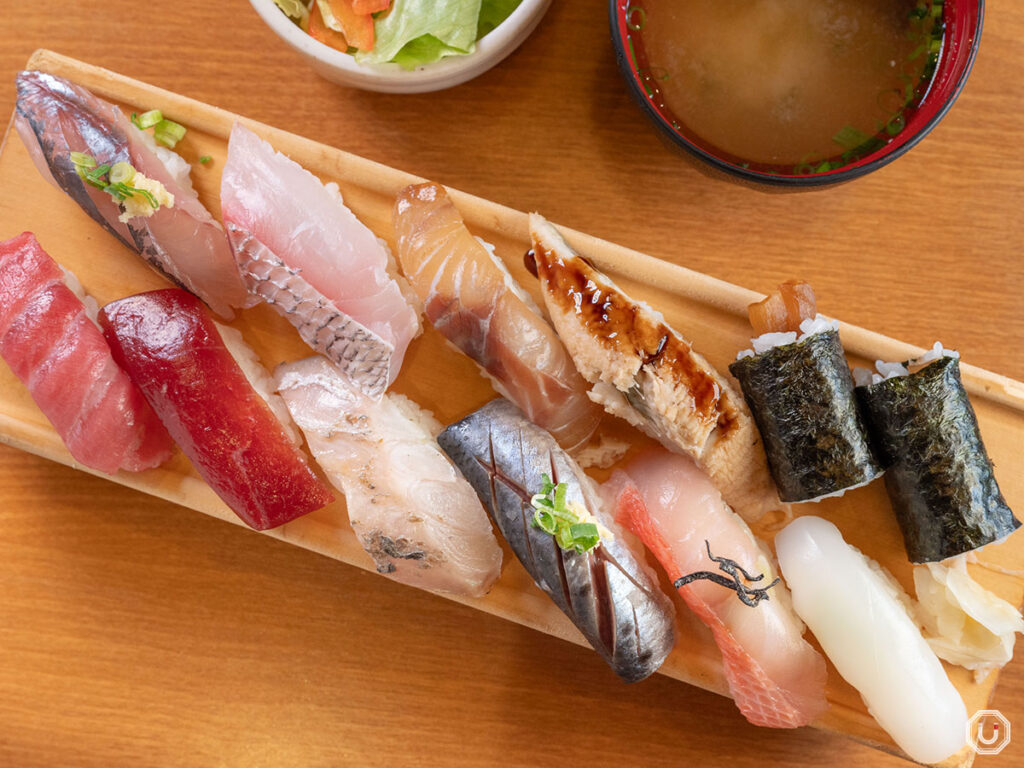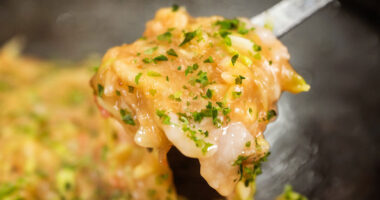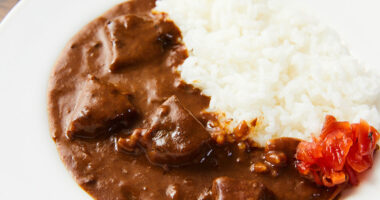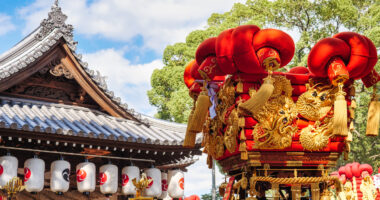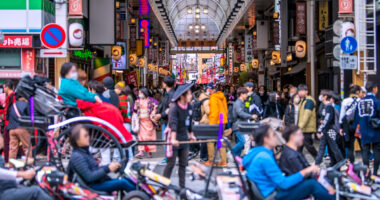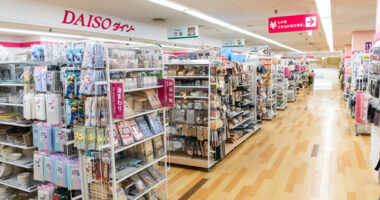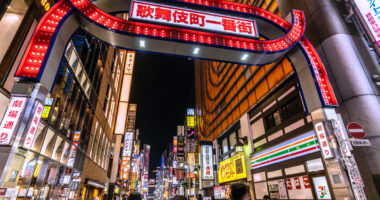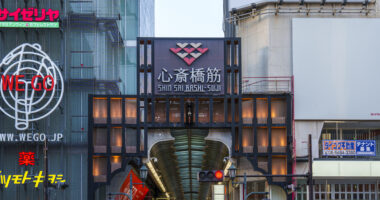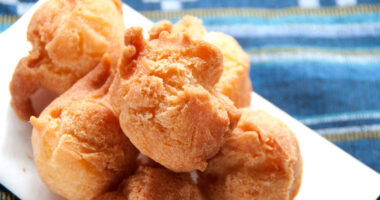For everyone visiting Japan, dining on the local cuisine is surely one of the greatest pleasures of travel. Japanese food culture is highly regarded worldwide, and its popularity stems from the freshness of its ingredients, its delicate cooking techniques, and its regional diversity. With a focus on seasonal ingredients and visually stunning presentation, Japanese cuisine is a feast for the eyes as well as the palate.
For those who wish to learn more about the history and culture of Japanese cuisine, please also refer to “The charm of Japanese food: The history and culture of cuisine to experience on your trip to Japan.”
This time, we will provide a broad introduction to Japan’s most popular foods, from the nation’s representative dishes to the classic meals especially beloved by foreign visitors.
Reasons why Japanese food is loved worldwide
There are several characteristics behind the global popularity of Japanese cuisine. First among them is the cooking style that makes the most of fresh ingredients. Japan is an island nation surrounded by the sea, and its abundance of fresh seafood led to the development of a culture of eating raw food, such as sushi and sashimi.
Furthermore, Japanese cuisine is noted for being healthy. Dishes using the fermented foods miso and soy sauce, tempura with its abundance of vegetables, and Japanese food in general, which tends to be low in calories, all enable a well-balanced nutritional intake. These features are why it is supported by today’s health-conscious population.
Regional diversity
The charm of Japanese food culture lies in the ability to enjoy distinct and characteristic dishes in each region. Ramen, for example, has developed its own local flavors, including the miso ramen of Hokkaidō, the tonkotsu (pork bone) ramen of Kyūshū, and the shōyu (soy sauce) ramen of Tokyo. Okonomiyaki (a savory pancake) also differs greatly in cooking methods and ingredients between the Kansai and Hiroshima styles, adding to the enjoyment of visiting each region.
Texture and visual beauty
Japanese cuisine is also known for its rich variety of textures. You can enjoy multiple textures within a single dish, such as the crispy outside and creamy inside of takoyaki (ball-shaped octopus fritters), the chewy bite of udon, and the crunchy batter of tempura. Furthermore, there is a strong emphasis on the beauty of presentation and color, so much so that Japanese cuisine is often said to be “a feast for the eyes.”
Classic dishes you absolutely must try
To understand Japanese food culture, we recommend starting with the classic dishes. These meals can be found all over Japan and are deeply rooted in the daily life of the Japanese people.
Sushi: Japan’s globally renowned dish
Sushi is a representative dish of Japan, beloved worldwide, that combines vinegared rice with fresh seafood. There are diverse types such as nigiri-zushi (oblongs of hand-pressed vinegared rice topped with ingredients), maki-zushi (rolled sushi), and oshi-zushi (vinegared rice and ingredients pressed into a mold), each with its own characteristics. Since freshness and the quality of the ingredients are key to the flavor, choosing a good sushi restaurant is important.
As a point of caution when eating sushi, a proper amount of wasabi is often already placed under the neta (the topping), so be careful not to add too much more. Also, it is considered proper etiquette to dip only the fish side in soy sauce, not the shari (the vinegared rice) directly.
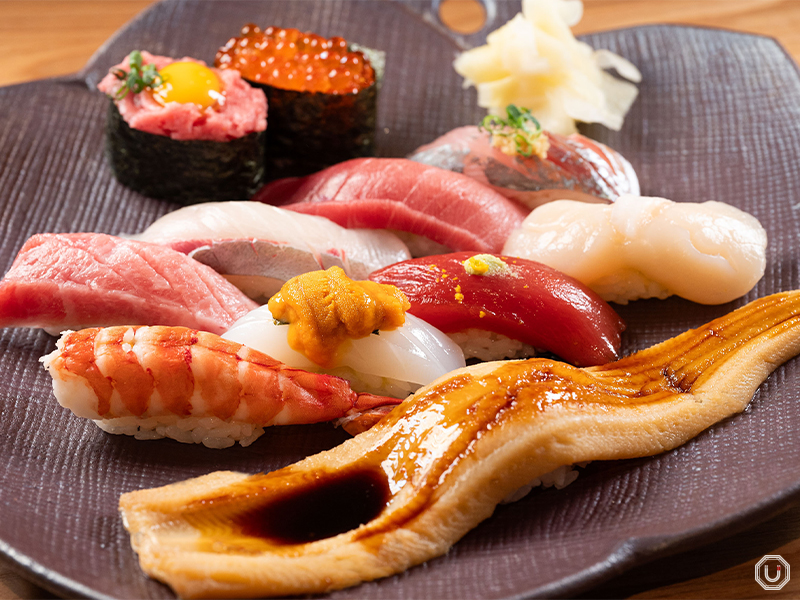
A nigiri-zushi set at Tsukiji Sushikuro Ginza Inns in Tokyo
Ramen: A national dish with rich regional character
Ramen is a dish of wheat noodles served in a variety of broths, such as shoyu, miso, shio (salt), and tonkotsu. Each region has its own characteristic style, and it is popular as a form of local gourmet food. You can enjoy the unique personality of each area, from Sapporo’s miso ramen in Hokkaidō and Hakata’s tonkotsu ramen in Kyūshū to Tokyo’s shoyu ramen.
Toppings are also abundant, and you can choose from items like chāshū (Japan’s version of char siu), menma (fermented bamboo shoots), green onions, and eggs to suit your personal preference. Many restaurants also let you choose the firmness of your noodles, so we recommend ordering “regular” for your first time and adjusting from there.
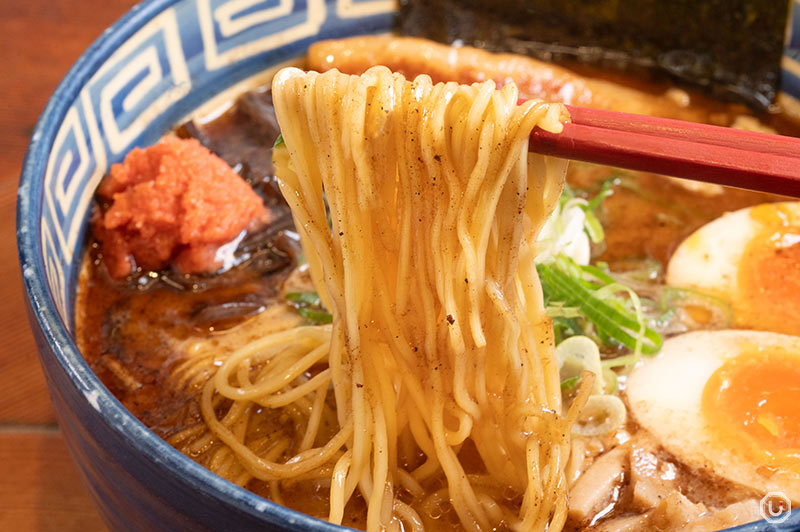
Ramen at KYUSHU JANGARA AKIHABARA-HONTEN in Tokyo
Tempura: A fried dish that highlights its ingredients
Tempura is a dish of seafood and vegetables fried in a light batter. It is generally believed to have been introduced from Portugal in the 16th century. The batter is light and crispy, a cooking method that enhances the natural flavor of the ingredients. Since the texture is best when freshly fried, it is important to eat it as hot as possible.
It is commonly seasoned with tentsuyu (tempura dipping sauce) or salt and is often served with grated daikon radish. A wide variety of ingredients can be enjoyed as tempura, from seafood like shrimp, squid, and conger eel to vegetables like eggplant, pumpkin, and shiitake mushrooms.
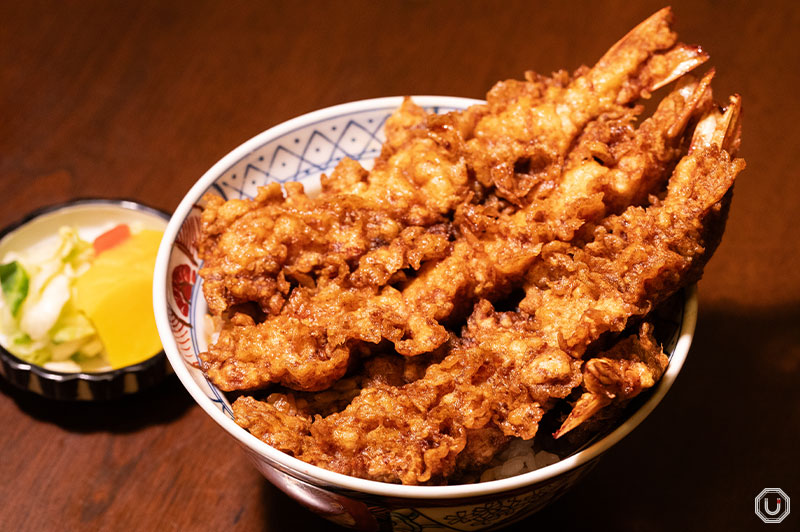
A bowl of shrimp tempura on rice at DAIKOKUYA TEMPURA in Asakusa, Tokyo
Popular noodle and snack-type dishes
In Japanese food culture, noodles and snack-type dishes are enjoyed on a daily basis. These meals can be enjoyed relatively casually and are also popular as street food or light meals.
Udon and soba: Traditional Japanese noodle dishes
Udon are thick, chewy wheat noodles served in a hot broth or with a cold dipping sauce. They are characterized by a simple flavor that allows you to fully enjoy the umami of the dashi broth. You can enjoy distinctive regional udon, such as Sanuki udon from Kagawa Prefecture and Inaniwa udon from Akita Prefecture.
On the other hand, soba are thin noodles made from buckwheat flour. Often eaten cold, they are popular as a healthy, low-calorie option. There are various ways to eat it, such as zaru soba (cold soba with dipping sauce) and tempura soba, and the custom of drinking sobayu (the hot water used to cook the soba) is also a unique part of Japanese culture.
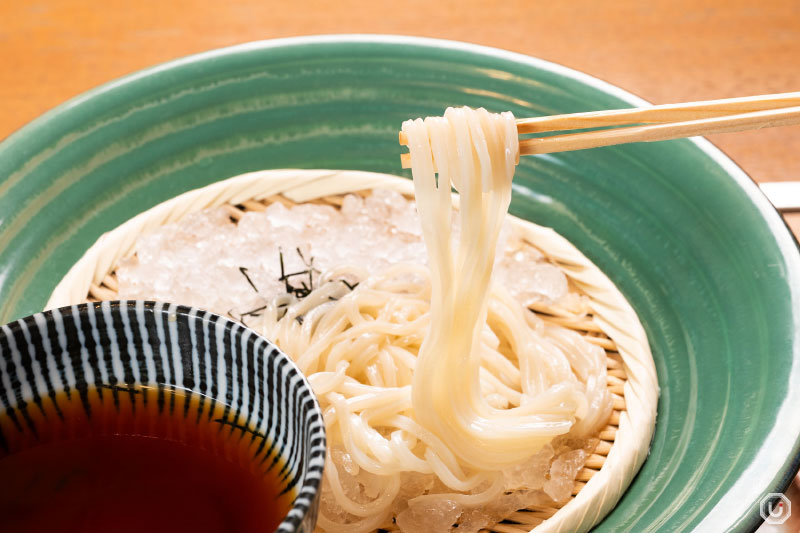
A bowl of udon at TsuruTonTan UDON NOODLE Brasserie Roppongi in Tokyo
Okonomiyaki and takoyaki: Representative dishes of Kansai
Okonomiyaki is a savory pancake made by grilling a batter mixed with cabbage, meat, and seafood on a griddle, with regional variations like the Kansai and Hiroshima styles. While the Kansai style involves mixing all ingredients into the batter before grilling, the Hiroshima style is cooked by layering the ingredients. It is typically seasoned with sauce and mayonnaise and topped with green seaweed flakes and bonito flakes.
Takoyaki is a snack made by pouring a flour-based batter into a special pan, adding a piece of octopus, and grilling it into a ball shape. Known as an Osaka specialty, it is characterized by a crispy outside and a creamy, molten inside. It is served piping hot, so be careful not to burn yourself.
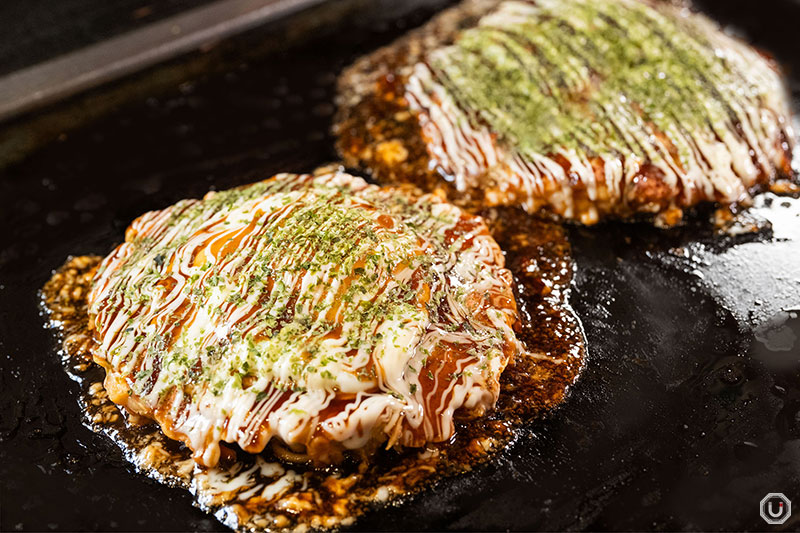
Okonomiyaki grilling at Asakusa Monja Teppan Daikichi in Tokyo
Yakitori: A staple of izakaya culture
Yakitori is a dish of chicken pieces skewered and grilled over charcoal, seasoned with a sweet soy-based sauce or salt. It is a classic menu item at izakaya (Japanese-style gastropubs), where you can enjoy various parts of the chicken. A key feature is the ability to enjoy the different textures and flavors of each part, such as thigh, breast, skin, and liver.
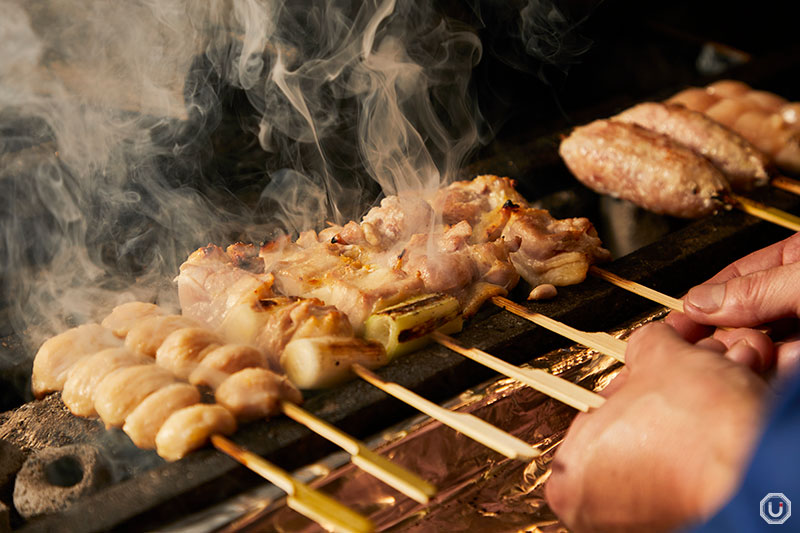
Yakitori on the grill at YAKITORI MOE in Roppongi, Tokyo
The appeal of soups and rice bowls
In Japanese dining, soups and rice bowls hold an important position. Soups are nutritionally balanced, and rice bowls provide a satisfying meal in a single dish, making them an indispensable part of the Japanese diet.
Miso soup: An indispensable national dish for daily meals
Miso soup is a soup made by dissolving miso, a fermented food, and often contains ingredients like tofu, wakame seaweed, and green onions. As a classic dish essential to daily meals, it supports the foundation of the Japanese diet. The type of miso used varies by region, and you can enjoy various flavors such as red miso, white miso, and blended miso.
Because it uses a fermented product, miso soup is also gaining attention as a food that is good for gut health. The variety of ingredients is also rich, allowing you to enjoy seasonal produce like vegetables, shellfish, and mushrooms.
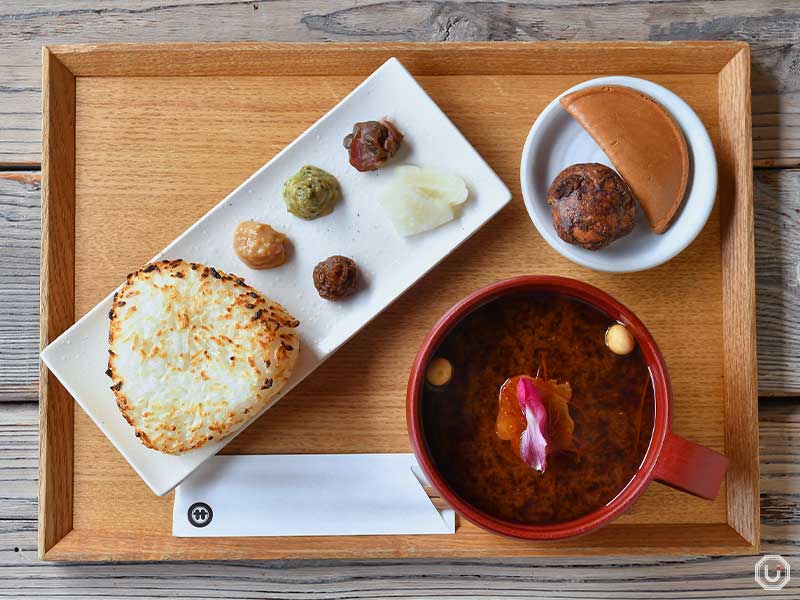
A set featuring miso soup at Miso Soup Cafe Ajien in Tokyo
Donburi: A satisfying single-dish meal
Donburi is the general term for dishes consisting of a bowl of white rice topped with other ingredients, providing a complete and satisfying meal in one dish. There are many types, including gyūdon (beef bowl), oyakodon (chicken and egg bowl), tendon (tempura bowl), and kaisendon (seafood bowl), each with its own characteristics. Because they can be eaten quickly, they remain a practical dish loved by busy modern people.
The appeal of donburi lies in the unity of flavor created by eating the rice and toppings together. The umami from the toppings soaks into the rice, allowing you to enjoy multiple flavors in a single bite.
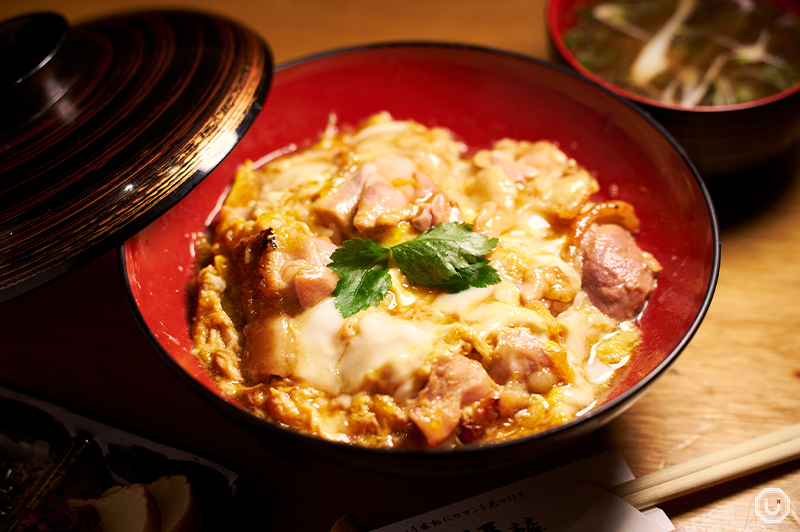
Oyakodon at Shinjuku Imaiya Honten in Tokyo
Important tips and manners for enjoying Japanese food
To fully enjoy Japanese cuisine, it is important to understand a few key tips and manners. This knowledge will allow you to have a truly authentic Japanese dining experience.
Dining manners and etiquette
How you use chopsticks is one of the most important skills for enjoying Japanese food. The basics are to hold them correctly and to pick up food gently. Pointing at things with your chopsticks or sticking them upright into your food are considered rude actions to be avoided.
It is also common to say itadakimasu (literally, “I take”) before eating and gochisōsama (literally, “It was a treat”) after. These phrases express gratitude for the food and to the person who prepared it and are deeply rooted in Japanese food culture.
Dealing with allergies and dietary restrictions
When enjoying Japanese food, it is important to confirm any food allergies or religious dietary restrictions in advance. If you are allergic to common ingredients in Japanese cuisine, such as seafood, soy products, or wheat flour, be sure to consult with the restaurant before ordering.
Recently, the number of establishments offering vegetarian or Halal-compliant dishes is increasing. By researching information online beforehand or consulting with the staff at your accommodation, you can enjoy your meals with peace of mind.
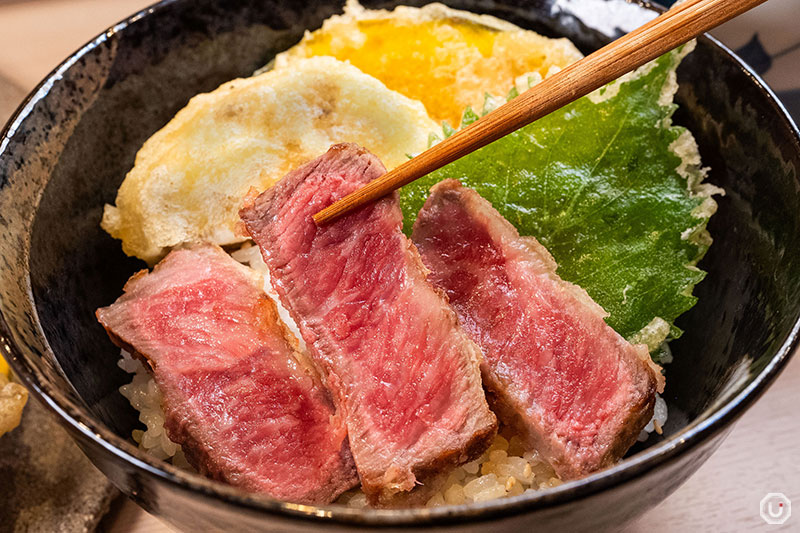
A Halal-compliant bowl of wagyu tempura on rice at Tempura Asakusa SAKURA in Tokyo
Price ranges and budget guidelines
The price of Japanese food varies greatly depending on the type of restaurant and dish. While you can eat at relatively reasonable prices at casual ramen or udon shops, a considerable budget may be required at high-end sushi restaurants or ryōtei (traditional, high-end Japanese restaurants).
Prices can sometimes be set higher in tourist areas, so by looking for restaurants that locals use, you may be able to enjoy authentic Japanese cuisine more affordably.
Summary
Japanese food continues to fascinate people around the world with its diversity and high quality. From classic dishes like sushi, ramen, and tempura to local gourmet food with rich regional character like okonomiyaki and takoyaki, the wide range of options is a major part of the charm of Japan’s food culture.
The reasons for the popularity of Japanese cuisine lie in the dishes that leverage the unique characteristics of each region, the mindset of cherishing seasonal ingredients, and the delicate cooking techniques that bring out the food’s natural flavors. For everyone visiting Japan, the country’s popular food will provide a cultural experience that goes beyond a simple meal, thanks to its healthy aspects, beautiful presentation, and diverse combination of textures.
We hope that all visitors to Japan will challenge themselves to try various Japanese dishes and discover the unique charm that each one holds. By understanding the proper manners and points of caution, you will be able to enjoy an even more fulfilling experience of Japan’s food culture.
